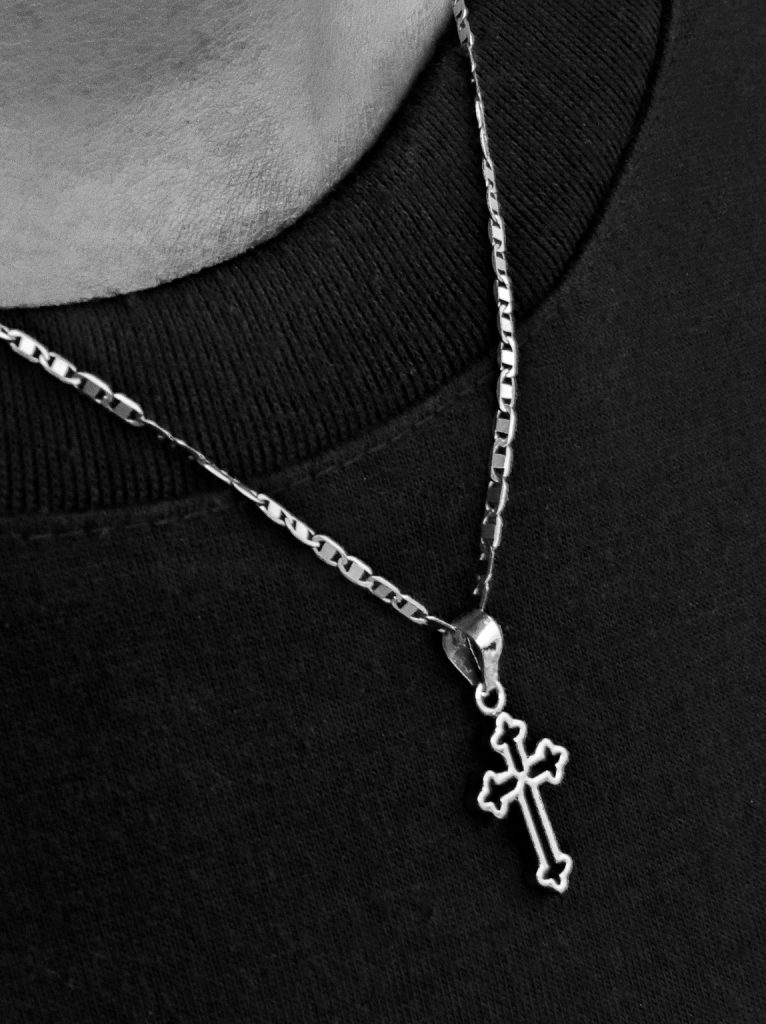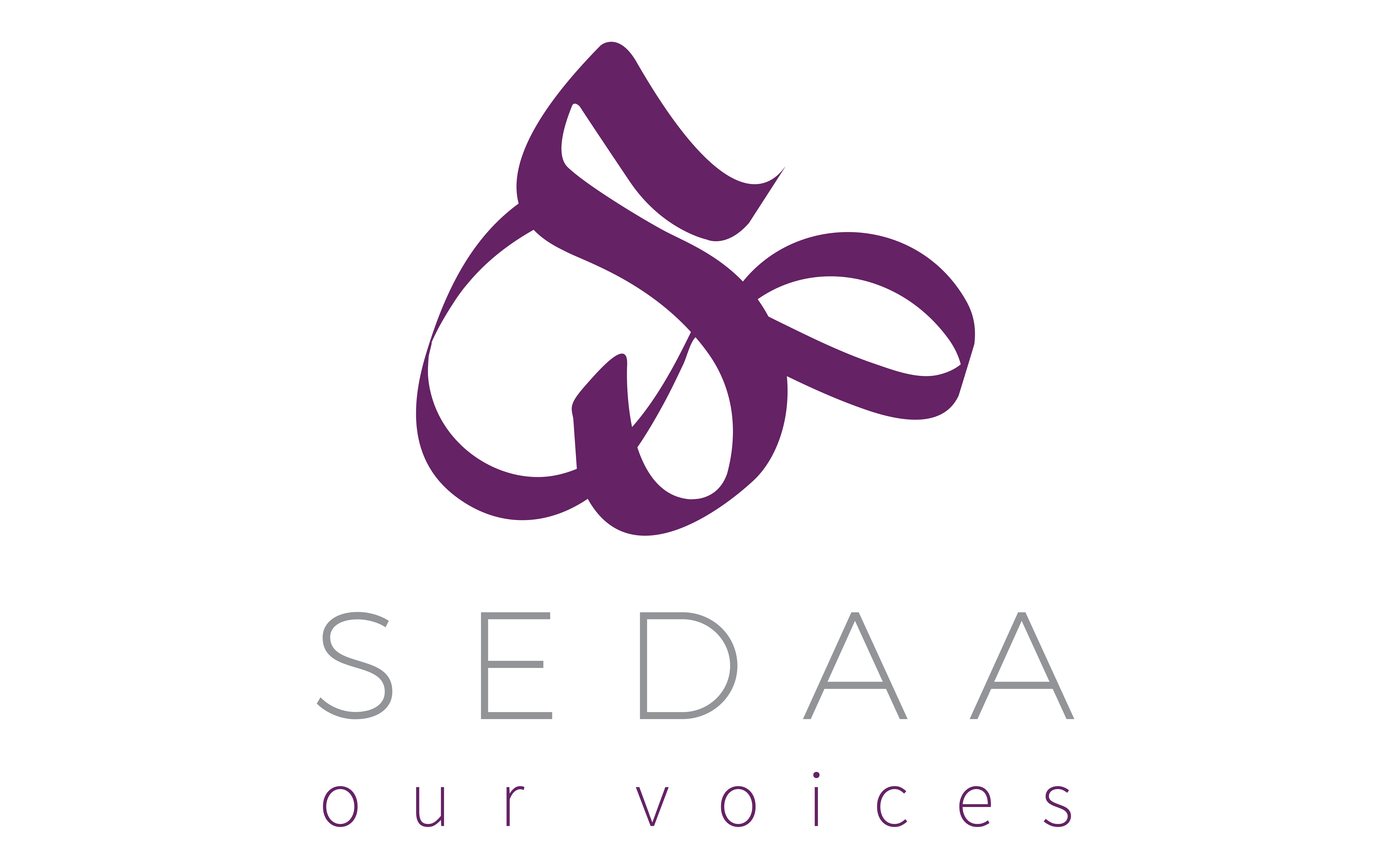By Tehmina Kazi
The debate on Tuesday’s European Court of Justice ruling on the “visible wearing of any political, philosophical or religious sign” is riddled with misinformation. With headlines that scream, “headscarf bans,” and the fact that the law in this area is incredibly complex, is it any wonder that many observers are left scratching their heads?
Let’s look at the facts. This ruling focuses on two different cases in different countries: Belgium and France. The Belgian woman had been working as a receptionist for G4S Secure Solutions and later started wearing a headscarf to work. She was fired due to a workplace regulation banning employees from wearing signs and symbols of ALL political, philosophical and religious beliefs.
The purpose of this regulation was to establish neutrality in the dress codes of all employees. It was originally based on an unwritten rule, but the company updated their regulations after the woman started wearing a headscarf.
The French claimant was a design engineer for Micropole, who was asked to stop wearing her headscarf to maintain neutrality after one of her clients complained. She refused to do so and was dismissed for this refusal.
The upshot of these cases? The ECJ ruling was more sympathetic to the French claimant than the Belgian claimant. They decided that employers are free to institute uniform policies that exclude the wearing of political, philosophical or religious signs for the purpose of achieving neutrality – but this does not mean they are compelled to do so.
Employers that have such a policy must also treat expressions of ALL political, philosophical and religious beliefs in the same way. The second key plank of this decision – which UK employers already uphold – is that customers or clients have no right to dictate, or even request, such a uniform policy to employees. These subjective (and potentially discriminatory) demands are in no way a firm foundation for an employer’s uniform policy.
Direct vs indirect discrimination

WOCinTech Chat / Flickr
It goes without saying that EU employment rules prohibit both direct and indirect discrimination against employees on the ground of religion or belief.
An example of direct discrimination would be a job applicant being turned down for a job purely on the basis of their Hindu identity, even though they came first on the employer’s scoring matrix in terms of their skills, experience and ability to do the job. This kind of overt employment discrimination is, fortunately, now rare in the UK.
G4S Belgium’s treatment of their Muslim employee was found not to constitute direct discrimination, because their uniform policy excluded manifestations of different religious and non-religious beliefs across the board. Had they singled out Muslim dress and symbols in their policy, it would have been a different story.
Indirect discrimination is harder to prove, but more common. An example of indirect discrimination is the chief executive of a pizza delivery company who bans all employees from wearing headgear. Even though this policy is applied to ALL employees, it disproportionately disadvantages the Sikh delivery drivers who wear turbans for religious reasons.
What is the main difference in how the courts treat direct and indirect discrimination? The former is not lawful under ANY circumstances. However, the latter could be justified in law, depending on:
1. Whether the company is fulfilling a legitimate aim (i.e. a real business need), and
2. Whether interfering with an employee’s right to manifest their beliefs is a proportionate means of achieving that aim.
Does G4S Belgium and Micropole’s treatment of their Muslim employees constitute indirect discrimination?
The answer is that it may, if it puts Muslims at a particular disadvantage – and this is one minefield that has been thrown back to the lower courts in France and Belgium.

What will they have to consider:
a. The size and conspicuousness of the religious symbol. A tiny cross, a kippah (Jewish skullcap), a jilbab (long cloak-like garment worn by Muslim women);
b. The nature of the employee’s activity. Is it public-facing or not, and is there work with children involved? A prime example is Aishah Azmi, the school support assistant in Yorkshire who refused to remove her niqab (face veil) because she was required to work with male colleagues. Upon taking her case to an employment tribunal Azmi lost, because it was determined that the harm caused to her pupils (who couldn’t understand her properly) trumped the harm she faced by being asked to remove her niqab;
c). The context in which the activity was performed. Bushra Noah, the headscarf-wearing hair stylist, was awarded £4,000 by an employment tribunal for being refused a job at a King’s Cross hair salon. The salon owner aimed to promote her salon by having the coiffed and curled barnets of her staff on display. However, NOT being able to do this for EVERY member of staff would only mean that she risked losing business, rather than it being a certainty. The tribunal found that this practice was indirect discrimination, because it put all Muslim women who cover their hair at a potential disadvantage;
d). Whether the (colossal) disadvantage of losing one’s job could have been avoided by moving the employee away from a public-facing role.
But the consideration that has been emphasised most by judges?
e). The national identity of the member state concerned. In EU member states where the national law on workplace discrimination is weak, employees are left with little protection at all stages of the recruitment process. The prevailing political culture should also be taken into account: does the state consider national identity to be strengthened by explicit manifestation of individual differences in workplaces, or weakened by them? Ultimately, it is religious minorities – and minorities within minorities – who will suffer. As the Quilliam Foundation’s report on Muslim women in the workplace “Immigrant, Muslim, Female: Triple Paralysis” shows, Muslim women face a triple whammy of covert discrimination, due to their BAME, Muslim and female identities. Fortunately, the UK’s employment law record is several steps ahead of other EU member states (while it still is an EU member state!). Employers like Police Scotland have pro-actively included headscarves in their uniform, in order to encourage a more diverse force.
EU vs ECHR

The ECJ is an entirely separate apparatus from the European Court of Human Rights (ECHR). The job of the latter is to uphold the European Convention of Human Rights, while striking a balance between conflicting rights in society. Article 9 of the Convention is most relevant for our purposes, since it concerns the right to manifest one’s religion or belief.
The most famous Article 9 case is probably that of Nadia Eweida, a Christian who refused to cover up her cross while working for British Airways. The European Court of Human Rights found that her Article 9 rights HAD been breached, as a fair balance had not been struck between her religious beliefs, and the employer’s wish to protect a certain corporate image.
There was no evidence that the wearing of any religious item had a negative effect on the British Airways brand. What is particularly striking is the reasoning in this case, which required “evidence of any real encroachment on the interests of others” and a proportionality assessment that accounted for the possibility of Eweida changing her job.
In a climate where jobs are hard to come by and job security is not what it used to be, I would submit that these two tests should be a priority in any future cases of this type.
Reasonable accommodation of someone’s religion or belief in the workplace is a key part of the procedural secularism we enjoy in the UK. In terms of negotiating conflicting rights and interests in an increasingly diverse society, we are not doing too badly.

Tehmina Kazi is a human rights activist and writer based in Cork, Ireland. Tehmina was the Director of registered charity British Muslims for Secular Democracy from May 2009 to August 2016, where she worked to raise awareness of secularism among British Muslims and the wider public.
Contact her on TKazi83@yahoo.co.uk.

